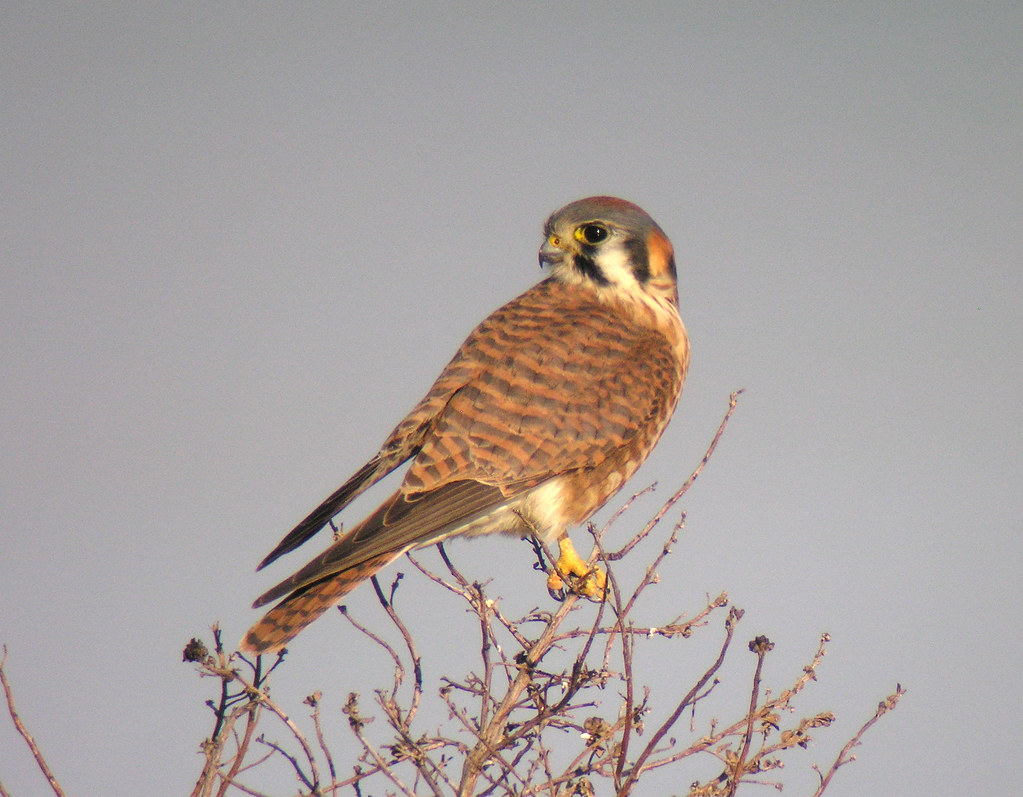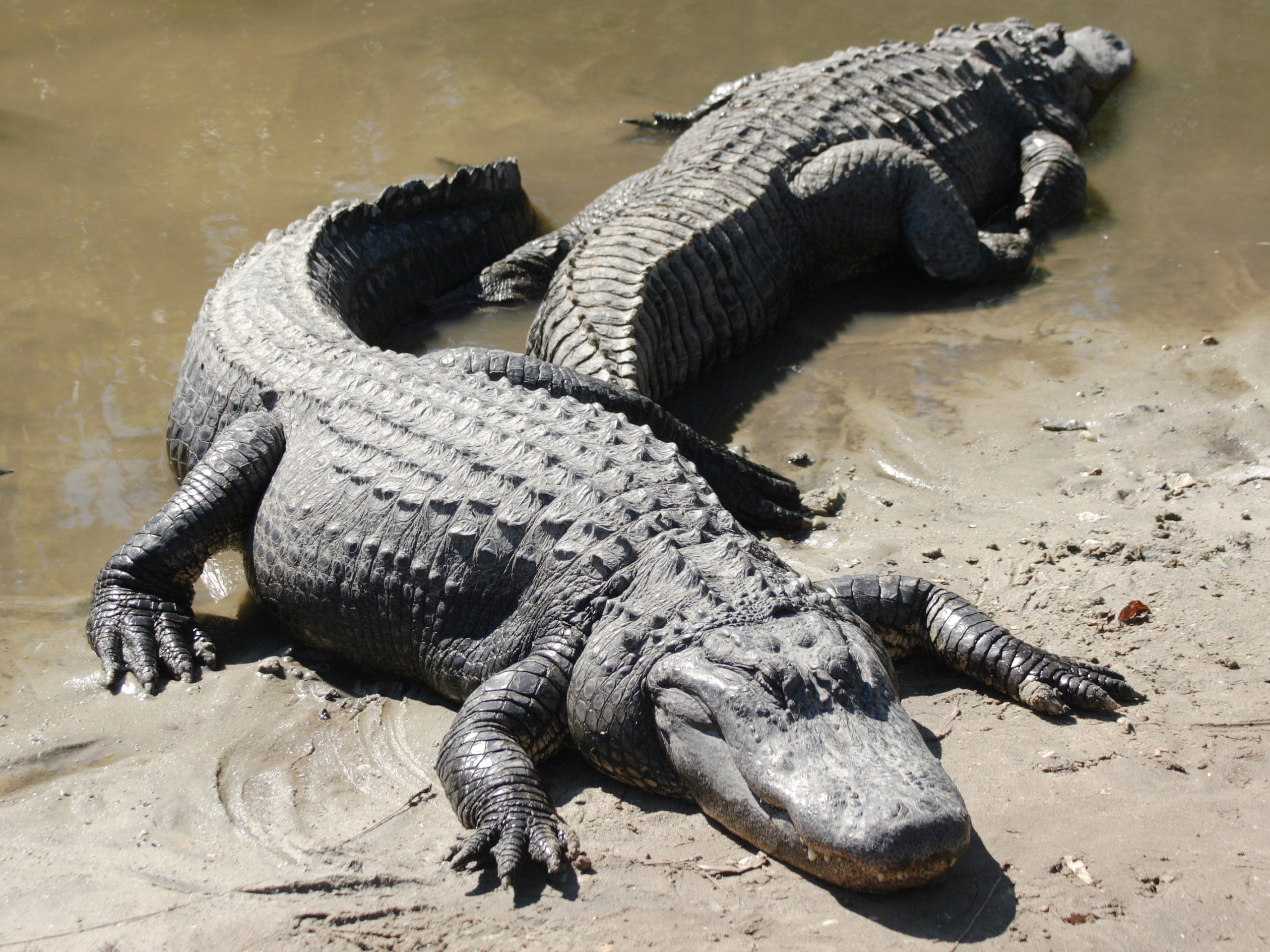Southern American Kestrels
In Johns Cove, we have been fortunate to have a Southeastern American Kestrel hanging around which is the smallest falcon found in the U.S. It’s a really pretty bird with a brownish back (dorsal) area with black flecking, a white belly (with males having fewer dark speckles on it), and black marks extending from the eyes downward. The colors of their wings differ by gender, as males have bluish-gray wings while females have brown wings. It is a non-migratory subspecies of kestrel found in open pine savannahs, sandhills, prairies, and pastures in Florida and the southeastern United States. It is listed as threatened in Florida due to a decline in nesting and foraging habitat.




